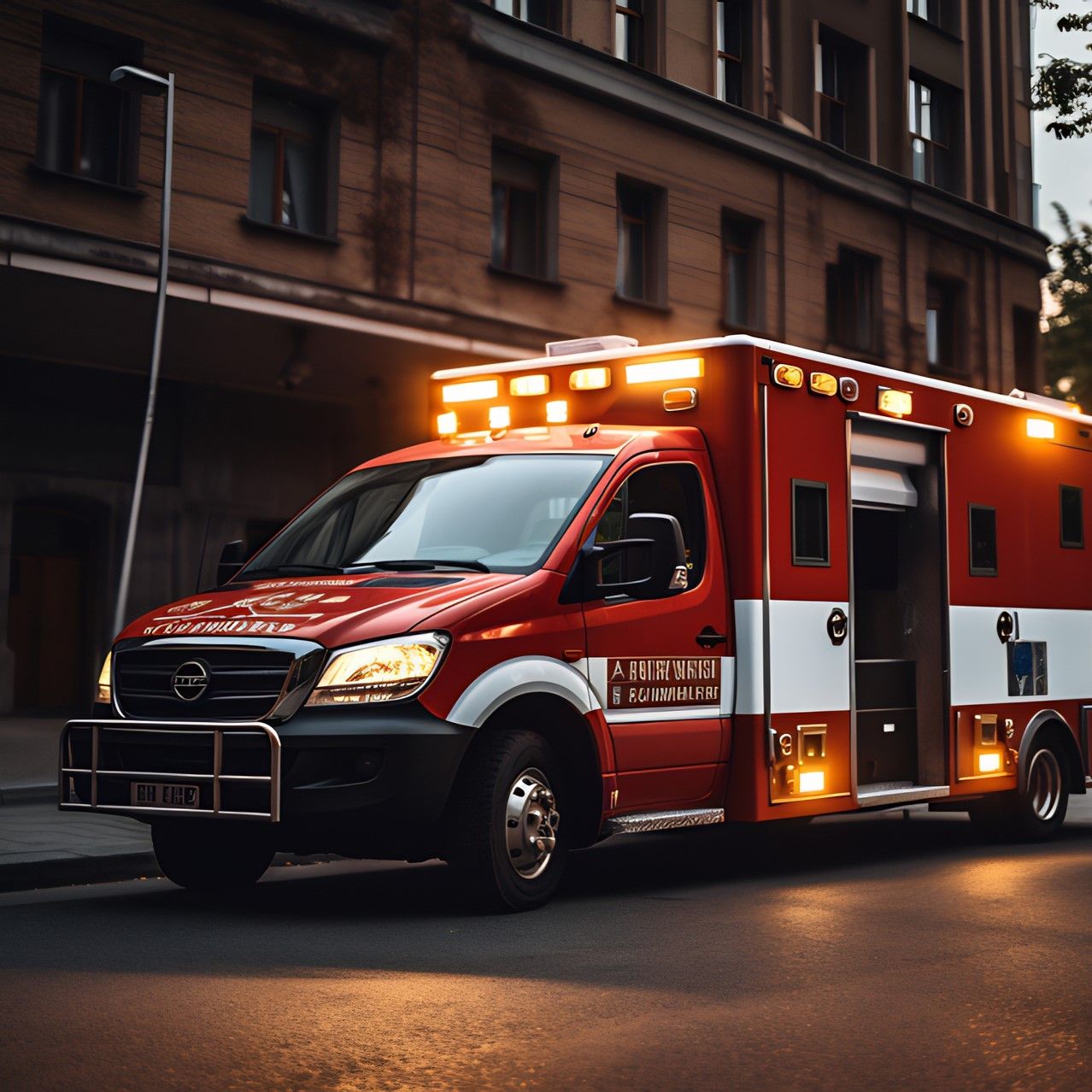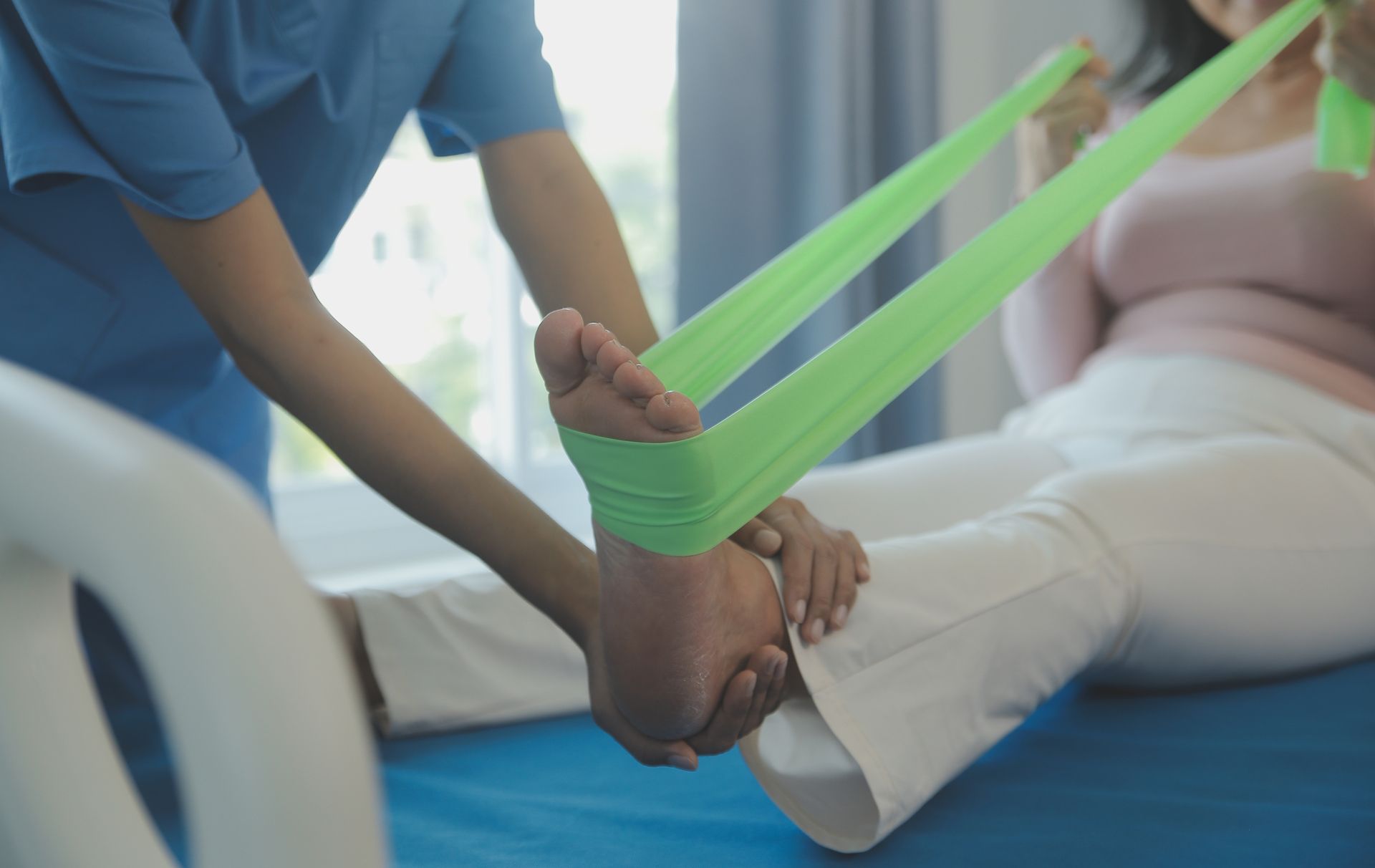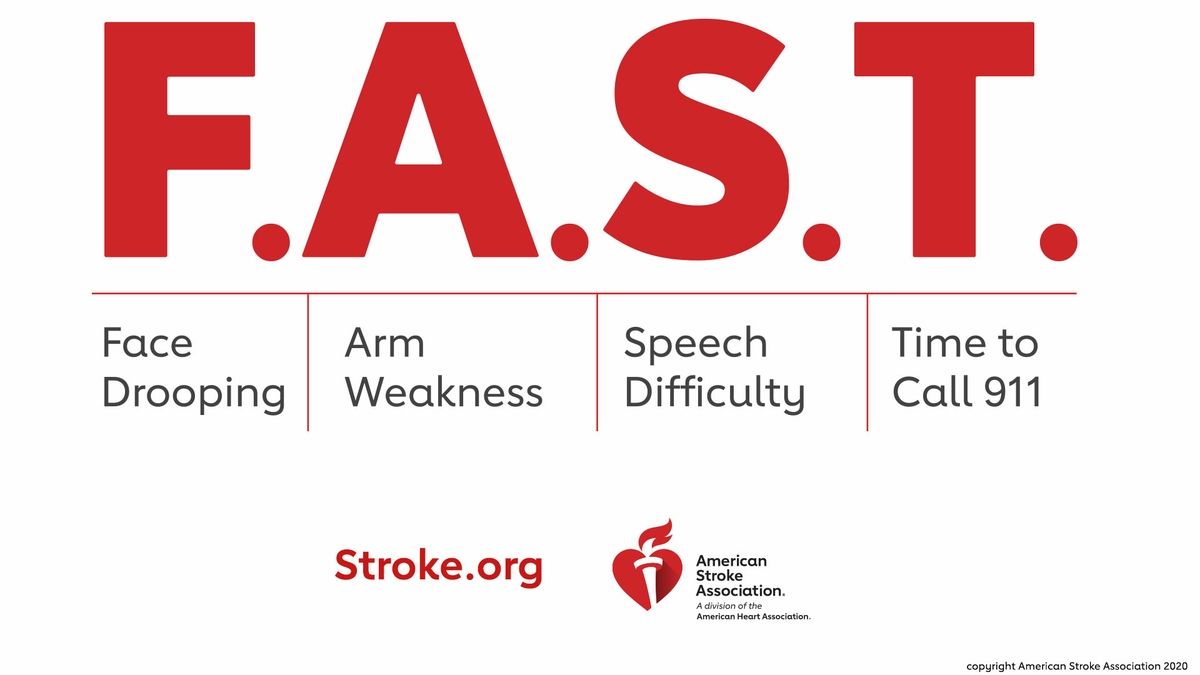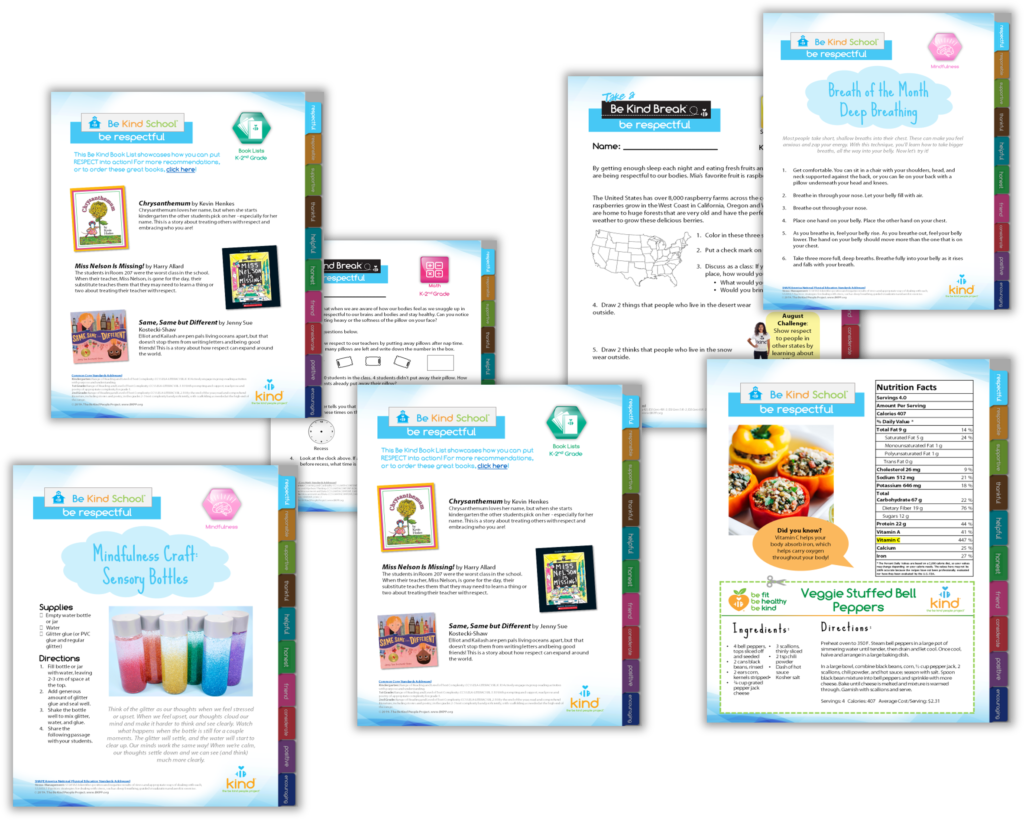- About
- Programs
- After School Classes
- All-School Assemblies
- The BE KIND Business
- The BE KIND Community Education Center
- The BE KIND SCHOOL
- BE KIND on the MOVE
- Classroom Resources
- #CyberSkills
- Family Engagement
- Fitness Programs
- Gardens
- Grace’s Group
- Health & Wellness
- Summer Programs
- Teacher Training
- Wellness Wednesday
- Athletes for Arizona
- Events
- Get Involved
- Donate
Stroke Signs and Responses
- Home
- Wellness Wednesday
- Disease Prevention
- Stroke Signs and Responses
Stroke Signs and Emergency Response
Equip Yourself with Lifesaving Knowledge

Welcome to Wellness Wednesday! Today’s topic tackles some very serious issues. In moments of crisis, knowing how to recognize the signs of a stroke and taking swift action can make all the difference in someone’s life.
Join us as we unravel the key indicators of a stroke using the simple acronym F.A.S.T. – Face drooping, Arm weakness, Speech difficulty, and Time to call 911. We’ll also explore why immediate response matters and the steps you can take to ensure that help arrives promptly. Stay tuned as we dive into the details that could make a lifesaving impact this World Stroke Day.
F.A.S.T. – Early Warning Signs of Stroke
When it comes to strokes, time is of the essence. Recognizing the signs as noted by the CDC and acting swiftly can make a world of difference in the outcome.
- Face Drooping: One side of the face may droop or feel numb, often seen as an uneven smile.
- Arm Weakness: Sudden weakness or numbness in one arm, making it difficult to raise both arms evenly.
- Speech Difficulty: Identify slurred speech, difficulty speaking, or trouble understanding spoken words.
- Time to Call 911: Embrace the urgency of acting quickly when any of these signs appear, as time is critical for stroke treatment.
- Sudden Numbness or Weakness: Sudden numbness or weakness in the face, arm, or leg – especially on one side of the body – could be a red flag.
- Confused Vision: Sudden blurred or blackened vision in one or both eyes.
- Severe Headache: An intense headache, often accompanied by dizziness and vomiting, can indicate certain types of strokes.
The Response-What to Do for Someone Suffering from a Stroke
In a stroke emergency, every second counts. Penn Medicine says knowing what to do when someone is experiencing a stroke can be the difference between life and death.
- Call 911 Immediately: Call for professional medical help without delay.
- Stay Calm: Maintaining a calm demeanor can contribute to a more effective response.
- Note the Time: Noting the time when the stroke symptoms first appeared is essential for treatment decisions.
- Keep Them Comfortable: Ensure the person is in a safe and comfortable position, possibly lying on their side.
- Do NOT Offer Food or Drink: Giving them anything to eat or drink is strongly discouraged. This is to prevent choking, preserve airways, and allow for professional evaluations.
- Stay Reassuring: Offer reassurance and comfort can make a positive impact during a stressful situation.
- Monitor Breathing and Consciousness: Monitor breathing and level of consciousness while awaiting medical help.

The Recovery- A Guide to Wellness After a Stroke
The journey of stroke recovery is a testament to the human spirit’s resilience. Whether you or a loved one is navigating this path, it’s important to understand the steps, challenges, and triumphs that lie ahead according to John’s Hopkins. Here are some resources that can help people recover.
- Medical Care – Physicians will create a tailored recovery plan that addresses physical, cognitive, and emotional aspects.
- Physical Rehabilitation – Physical therapy will be used to regain strength, coordination, and mobility.
- Speech Language Pathology – SLP helps individuals relearn communication skills and overcome language challenges.
- Occupational Therapy – OT helps those adapt to daily activities and regain independence.
- Emotional Therapy – Strokes impact people in various ways. Counseling and support groups were developed for mental well-being.
- Healthy Lifestyle – Plans are put in place to ensure victims are maintaining a balanced diet, regular exercise, and stress management to aid in recovery.
- Patience and Persistence – Recovery is a gradual process, requiring dedication, patience, and a positive attitude.
In times of crisis, knowing how to recognize stroke signs and respond swiftly can make all the difference. By understanding the acronym FAST and the importance of immediate action, you’re equipped to be a lifesaver. Remember, awareness is the first step toward effective emergency response. Stay informed, stay prepared, and be ready to be a KIND beacon of help when it’s needed most.
Learn More about The Be Kind People Project®
- Programs
- After School Classes
- All-School Assemblies
- The BE KIND Academy
- The BE KIND Business
- The Be Kind Break
- The BE KIND School
- The BE KIND on the MOVE
- #CyberSkills
- Family Engagement
- Fitness Programs
- Gardens
- Grace’s Group
- Health & Wellness
- Summer Programs
- Teacher Training
- Wellness Wednesday
- Athletes for Arizona
Copyright © The Be Kind People Project | Privacy Policy


